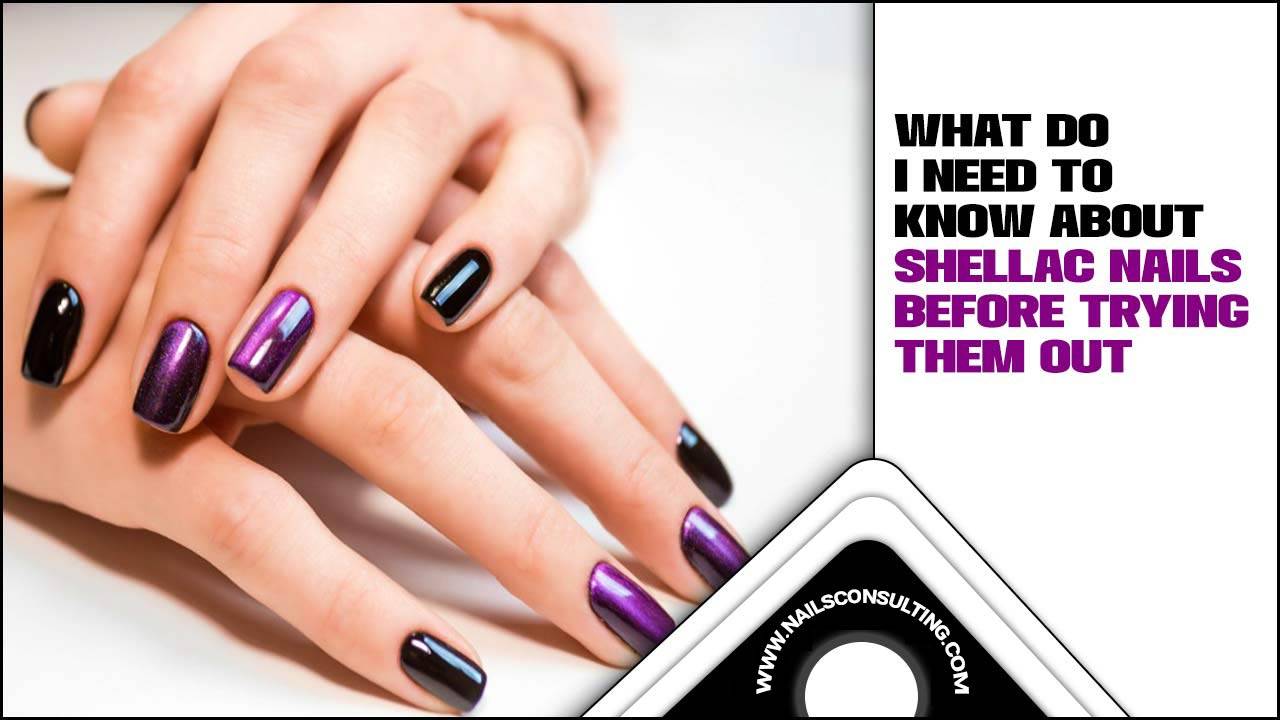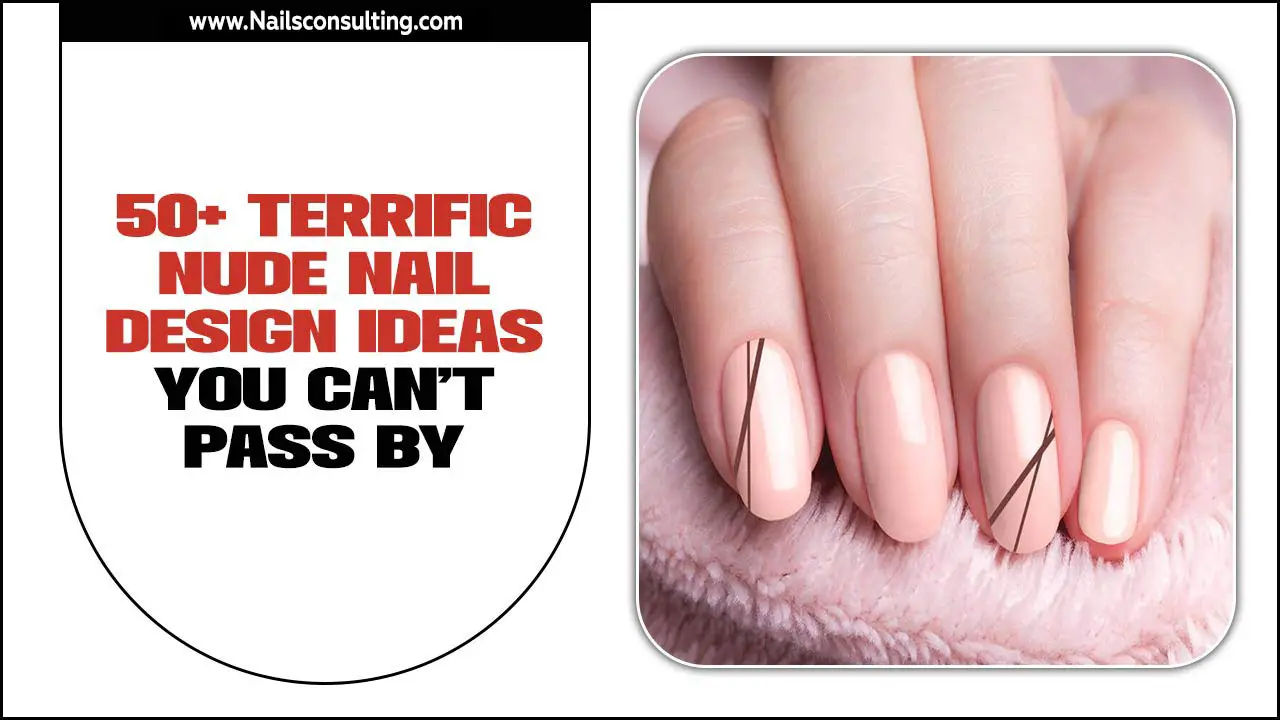Minimal line art nail designs are a chic, versatile way to elevate your manicure. These designs use simple, clean lines to create elegant patterns, perfect for beginners and busy bees. They’re easy to achieve, adaptable to any outfit, and add a touch of sophistication without being over the top.
Looking for a way to add a touch of artistry to your nails without spending hours? Minimal line art nail designs are your answer! They’re super stylish, surprisingly easy to do yourself, and perfect for any occasion. If you’ve ever felt intimidated by complex nail art, you’re in the right place. We’re going to break down how to create these beautiful looks with simple steps and a few key tools. Get ready to transform your nails into tiny canvases of effortless beauty. Let’s dive in!
What are Minimal Line Art Nail Designs?
Minimal line art nail designs are all about simplicity and elegance. Think clean, delicate lines that form abstract shapes, geometric patterns, or subtle outlines of objects. These designs focus on precision and negative space, creating a sophisticated and modern look. They don’t require intricate shading or a vast array of colors; often, just one or two shades are enough to make a statement. This makes them incredibly accessible for anyone wanting to try their hand at nail art.
Why Minimal Line Art is Perfect for Beginners
If you’re new to nail art, minimal line art is the perfect starting point. Here’s why:
- Simplicity: The core concept is using basic lines. You don’t need to be a Picasso!
- Forgiving: Small “mistakes” often blend in or can even add character to abstract designs.
- Minimal Tools: You don’t need a huge collection of brushes. A few key tools will suffice.
- Quick Results: These designs are generally much faster to execute than detailed, multi-color art.
- Versatile: They look chic on any nail shape and length, and they pair with almost any outfit.
Essential Tools for Minimal Line Art Nails
You don’t need a professional salon setup to create stunning minimal line art. Here are the basic tools that will help you get started:
| Tool | Description | Why it’s useful for line art |
|---|---|---|
| Thin Nail Art Brushes (Liner Brushes) | Brushes with very fine, long bristles. Look for sizes like 7mm, 9mm, or even 11mm for longer lines. | Provide precision for drawing thin, clean lines. The longer bristles allow for smoother strokes. |
| Dotting Tools | Tools with small metal balls at the end of handles, available in various sizes. | Perfect for creating small dots, which can be used as focal points or to complement your lines. |
| Nail Polish (Base Coat, Top Coat, Colors) | Your regular nail polish collection, plus essentials. | Base coat protects your nails, color polishes are your medium, and a good top coat seals the design. For line art, contrasting colors often work best. |
| Nail Polish Remover & Cotton Swabs/Pads | Remover for tips and techniques, and tools for cleanup. | Essential for correcting minor errors and cleaning up cuticle lines. A fine-tipped cotton swab is particularly handy. |
| Palette or Flat Surface | A clean, flat surface like a tile, glass mat, or even a piece of wax paper. | To “load” your brush with polish. This helps control the amount of polish on the brush for finer lines. |
| Hand Rest (Optional but Recommended) | A cushioned support for your hands and wrists. | Keeps your hands steady, which is crucial for drawing precise lines. |
Tips for Using Your Tools Effectively
- Brush Control: Always have a steady hand. A hand rest can make a huge difference.
- Polish Loading: Dip your liner brush into your polish, then gently swipe one side on the palette/surface to remove excess. You want enough polish for a smooth line, but not so much that it blobs.
- Practice Strokes: Before drawing on your nail, practice drawing lines on a piece of paper or tape to get a feel for the pressure and polish flow.
- Cleanliness is Key: Keep your brushes clean. Wipe them gently with nail polish remover after each use to prevent polish from drying on the bristles. You can find more about brush cleaning on sites like the National Nail Technicians Association.
Step-by-Step Guide to Minimal Line Art Nail Designs
Let’s get painting! This guide will walk you through creating a basic yet elegant minimal line art design. We’ll focus on a simple abstract linear design.
Step 1: Prepare Your Nails
A good manicure starts with a solid foundation. This step ensures your design lasts longer and looks its best.
- Clean and Shape: Remove any old polish. Wash your hands thoroughly. Gently push back your cuticles and trim any hangnails. Shape your nails to your desired length and style.
- Buff (Optional): Lightly buff the surface of your nails to create a smooth canvas and remove any natural shine. This helps polish adhere better.
- Apply Base Coat: Apply one thin layer of a clear base coat. This protects your nails from staining and provides a grippy surface for your colored polish. Let it dry completely.
Step 2: Apply Your Base Color
Choose a solid color for your nails. This will be the background for your line art. Neutral shades like nudes, whites, blacks, or pastels are popular choices for minimal designs, but feel free to use anything you love!
- First Coat: Apply a thin, even layer of your chosen color polish. Avoid going too thick, as this can lead to bubbles or uneven drying.
- Second Coat: Once the first coat is almost dry (you should be able to touch it without it smudging), apply a second thin coat. This ensures full opacity and a smooth finish.
- Dry Thoroughly: Allow your base color to dry completely. This is crucial! Rushing this step will cause your line art to smudge. It might take 5-10 minutes, depending on the polish.
Step 3: Create Your Minimal Line Art
Now for the fun part! Grab your liner brush and your chosen line art color (often black, white, or a metallic like gold or silver works beautifully against a contrasting base).
- Prepare Your Brush: Dip your liner brush into your line art polish. Gently wipe one side of the brush on your palette or a piece of wax paper to remove excess polish. You want a smooth, controlled flow of polish.
- Begin Drawing: Start with simple lines. You can create vertical lines, horizontal lines, diagonal lines, or even wavy lines. Don’t overthink it! The beauty is in the simplicity.
- Placement Ideas:
- Single Line: A single thin line across the nail, perhaps near the cuticle or diagonally.
- Parallel Lines: A few parallel lines spaced evenly.
- Abstract Swirls: Gentle, flowing curves.
- Geometric Shapes: Simple squares, triangles, or intersecting lines.
- Outline: Outline a simple shape like a leaf or a crescent moon.
- Steady Hand is Key: Rest your elbows on a table or use a hand rest to keep your hands as steady as possible. Breathe and draw slowly. If you make a small mistake, don’t panic! You can often clean it up with a fine-tipped cotton swab dipped in nail polish remover (see cleanup tips below).
- Vary Thickness (Optional): For a more dynamic look, you can try varying the thickness of your lines. Apply more pressure for a thicker line and less for a thinner one.
- Add Dots (Optional): Use your dotting tool to add a few strategically placed dots. These can anchor your design or add a playful touch.
Step 4: Clean Up Any Mistakes
Precision is the goal, but mistakes happen! This is where your cleanup tools come in handy.
- Dip & Trace: Dip the tip of a fine cotton swab or a pointed orangewood stick into nail polish remover.
- Gently Correct: Carefully trace along the edges of your lines or around your design to clean up any smudges or uneven areas. Be very gentle so you don’t disturb the wet polish too much.
- Cuticle Cleanup: Use your remover-dipped tool to neaten up the edges around your cuticles.
Step 5: Apply Top Coat
This is the final, crucial step to seal your artwork and give your nails a glossy finish.
- Wait (Almost!): Ensure your line art is completely dry to the touch before applying the top coat. This can take another 5-15 minutes depending on how much polish you used for the lines.
- Generous Application: Apply a generous layer of a good quality top coat over your entire nail, being sure to cap the free edge (swipe the brush along the tip of your nail).
- Sealing the Art: The top coat protects your delicate lines from chipping and wear, and it adds a beautiful shine that makes the design pop.
- Dry Fully: Let your top coat dry completely. This is the longest drying time, so be patient! Avoid activities that could smudge your nails for at least 30 minutes.
Inspiring Minimal Line Art Nail Design Ideas
Minimal line art is incredibly versatile. Here are some popular and easy-to-achieve ideas to get your creativity flowing:
1. Abstract Geometric
What it is: Intersecting lines, simple shapes like squares or triangles, and zig-zags.
How to do it: Use a liner brush to draw straight lines that cross or meet at angles. You can create a single shape or a cluster of them. This design is all about creating clean, sharp edges.
Color Pairing: Black lines on a white or nude base, or gold lines on a pastel background.
2. Wavy Lines
What it is: Flowing, organic lines that mimic waves or gentle curves.
How to do it: With a steady hand, draw one or more smooth, undulating lines across the nail. You can make them parallel or have them overlap slightly.
Color Pairing: White lines on a deep blue, or a metallic bronze on a muted pink.
3. Single Fine Line
What it is: A single, ultra-fine line placed strategically on the nail.
How to do it: The simplest of all! Use your finest liner brush to draw one clean line either vertically down the center, horizontally across the nail, or diagonally.
Color Pairing: A fine black line on a sheer nude, or a delicate gold line on a baby blue shade.
4. Dot and Dash Delight
What it is: A combination of small dots and short dashes.
How to do it: Use a dotting tool for the dots and a short flick of the liner brush for the dashes. Arrange them in a scattered pattern or create a small constellation.
Color Pairing: White dots and dashes on a black base, or silver on a deep emerald green.
5. Minimalist French Tips
What it is: A modern twist on the classic French manicure using fine lines.
How to do it: Instead of a thick white tip, use a liner brush to draw a thin, precise line along the free edge of your nail. You can also do a “cut-crease” effect by drawing a fine line just above the cuticle.
Color Pairing: Black line on a nude base, or a metallic rose gold line on a sheer pink.
6. Outline Designs
What it is: Outlining a simple shape without filling it in.
How to do it: Draw the outline of a simple object like a leaf, a heart (minus the inner detail), or even abstract blob shapes.
Color Pairing: Black outline on a milky white, or a dark red outline on a nude.
Tips for Achieving Perfect Lines
Even with simple designs, achieving that clean effect takes a little practice. Here are some pro tips:
- Work in Layers: If you’re creating a design with overlapping lines or shapes, let the first line dry partially before adding the next. This prevents accidental smudging.
- Don’t Press Too Hard: Let the brush and polish do the work. Pressing too hard can lead to uneven lines and make your brush splay.
- Control Polish Amount: Too much polish will result in thick, messy lines. Too little and you’ll get patchy strokes. Finding that sweet spot on your palette is key.
- Clean Brushes Immediately: After each nail or session, clean your liner brush thoroughly with nail polish remover and store it properly. Dried polish will ruin your brush.
- Patience is a Virtue: Rushing any step, especially drying time, is the fastest way to a smudged disaster. Relax and take your time.
Maintaining Your Minimal Line Art Nails
Once your beautiful minimal line art is complete, you’ll want it to last!
- Top Coat is Your Best Friend: Always apply a good quality top coat. Consider a quick-dry top coat for initial hardness, then perhaps a longer-lasting one after a day or two. Reapply top coat every 3-5 days to refresh the shine and protect your design.
- Wear Gloves: When doing chores, especially washing dishes or using cleaning products, wear rubber gloves. This protects your polish from harsh chemicals and excessive moisture, which can lead to chipping.
- Be Gentle: Avoid using your nails as tools. Don’t pick at things, scrape with your nails, or use them to open cans.
- Avoid Harsh Products: Even everyday lotions and hand sanitizers can sometimes break down polish over time. Try to apply them gently around your nails.
Troubleshooting Common Issues
Even with the best intentions, nail art can be tricky! Here’s how to handle some common problems:
| Problem | Solution |
|---|---|
| Lines are too thick or uneven. | You might be using too much polish on your brush, or pressing too hard. Practice loading your brush on a palette and using lighter strokes. If it’s already on the nail, try gently cleaning it up before it dries completely with a remover-dipped fine-tipped cotton swab. |
| Polish is smudging. | This usually means the polish isn’t dry enough. Either your base color or your line art needs more drying time. Be patient! For immediate issues, you can try gently dabbing the smudge with a clean fingertip or wait for it to set slightly and then attempt a very delicate cleanup. |
| Brush bristles are splayed. | This can happen if you press too hard or if polish has dried onto the bristles. Clean your brush thoroughly with remover. If the bristles are permanently splayed, it might be time for a new brush. |
| Nail polish remover melts the design. | You might be using too much remover, or trying to clean up too soon. Ensure your line art is at least partially dry. Dab a tiny amount of remover onto a fine-tipped swab, rather than wiping. |
| The design looks “flat” or boring. | Experiment with contrasting colors, add a few strategically placed dots using a dotting tool, or try varying the thickness of your lines. Sometimes, a simple sparkle accent on one nail can elevate the whole design. |
FAQ: Your Minimal Line Art Questions Answered
Q1: Can I use regular nail polish for line art, or do I need special gel polish?
A1: You can absolutely use regular nail polish! In fact, many beginners find it easier to work with as it gives you more time before it dries. Speciality “liner polishes” with built-in fine brushes are also available and can be helpful, but isn’t strictly necessary.
Q2: How can I prevent my liner brush from drying out?



